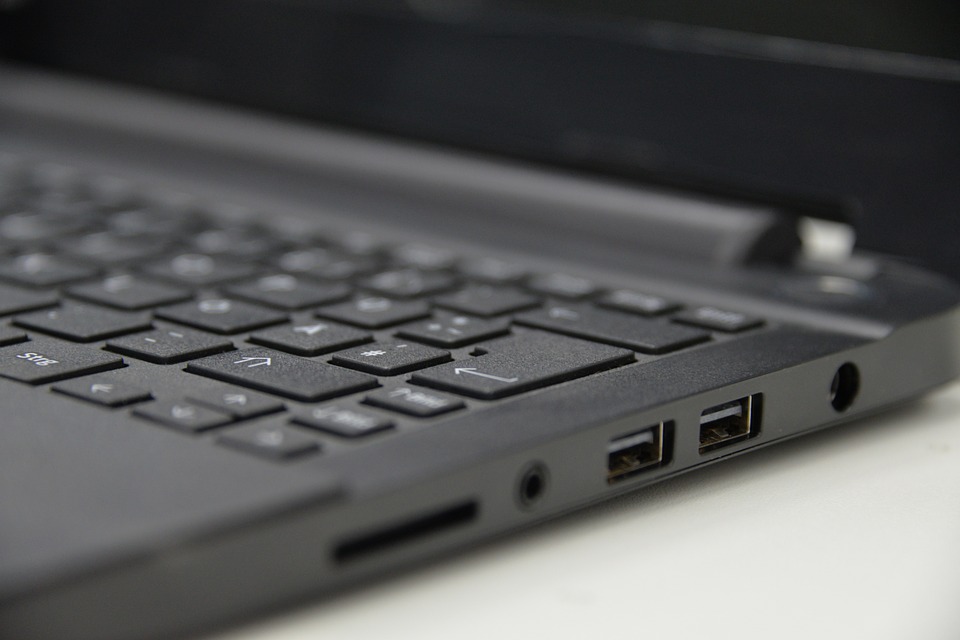The optical drive is nearly dead – they are no longer found in laptops and rarely found in tower PCs. With that said, the trend for giving out data is shifting to USB flash, not CD or DVD media. Because of this shift, many companies are taking a closer look at buying a USB duplicator.
There are several factors one must consider before spending thousands of dollars on a USB duplicator. We have broken down the most important considerations into four categories. After reviewing these four categories, you should have an excellent idea of which type of duplicator is best for your organization.
USB Duplication Speed
Speed is the first area you should analyze to figure out which direction you should go. When considering speed, we are not simply talking about the copy speed of the USB duplicator, but other factors as well, such as number of USB sockets and the user interface required for feedback during operation. Questions you should ask, include:
# How many USB drives will you need to copy in a day or week?
# How large is the data load in MBs or GBs?
# What kind of turn-around time do you have between a duplication request and when that request should be completed?
# Is there printing, or branding required, on the outside of the USB?
# Do you need proof of performance via a log file?
Answering the above questions will give you an idea of what type of USB duplicator to consider. The type of duplicator will be size, how many USB sockets, copy speed of the duplicator and what type of software, if any, your organization will need.




 LinkBack URL
LinkBack URL About LinkBacks
About LinkBacks

 Reply With Quote
Reply With Quote